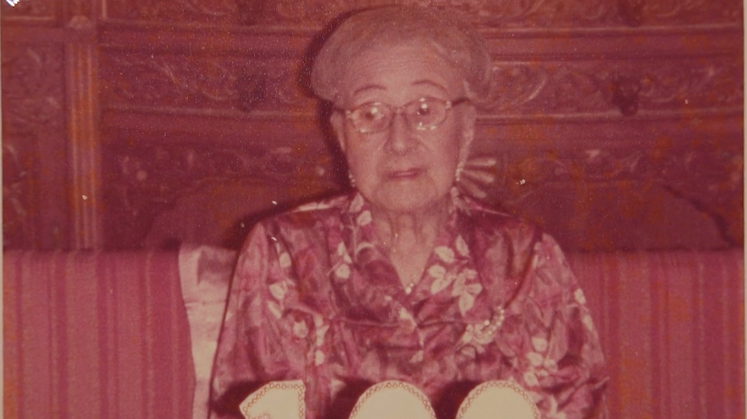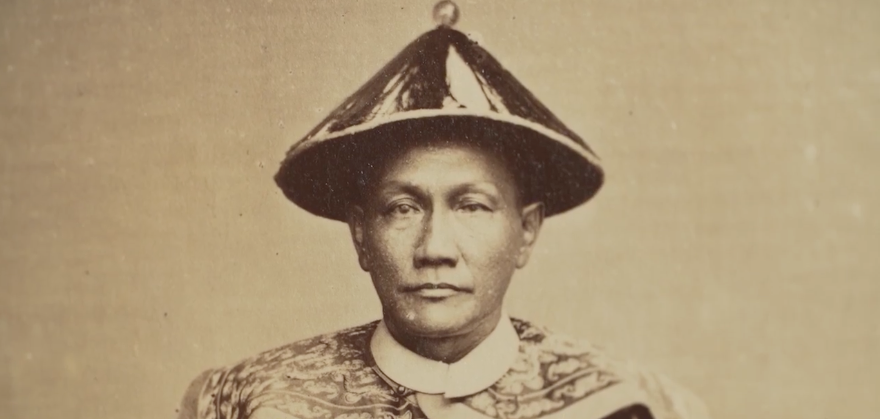Baba GT Lye's Hae Bee Hiam
/ May 20, 2021
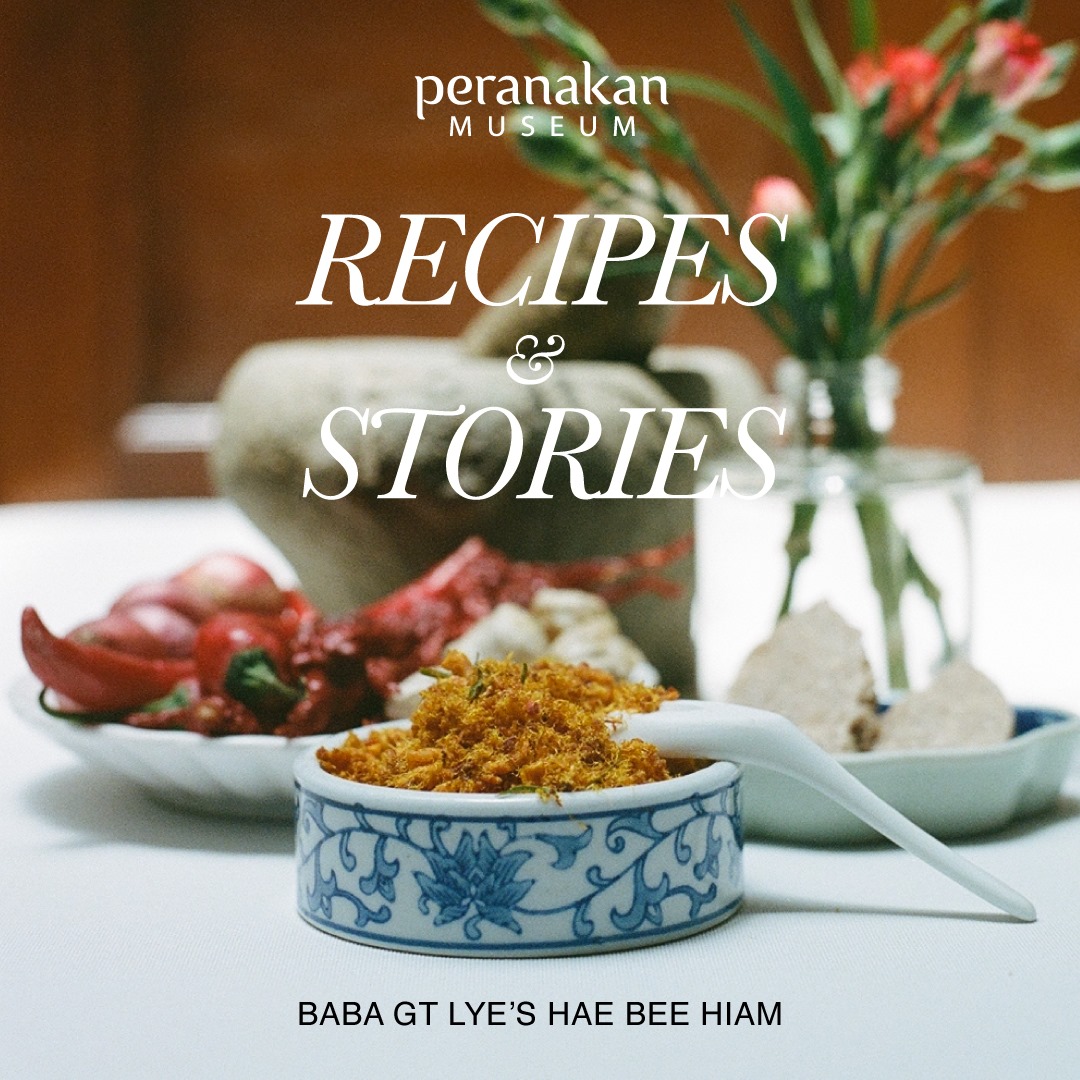
Honoured as a Steward of Singapore’s Intangible Cultural Heritage by the National Heritage Board, G.T. Lye is an iconic Singaporean actor and playwright who actively performs in Peranakan theatre (“wayang Peranakan”), and is a master in reciting pantun and performing dondang sayang.
He shares his humble recipe for hae bee hiam, a spicy, crispy dried shrimp condiment that can be paired with many dishes. It's best paired with simple staples like plain porridge or bread, or with a Peranakan-style glutinous rice cake.
Lye recalls, “Older Peranakans used to steam glutinous rice in coconut milk and shape it into a kuih called "pulut tai tai" (“Tai tai” from the words meaning “rich lady”). When it is well cooked, it is pressed firmly and then cut into pieces. Some eat it with kaya, and some pair it with hae bee.”
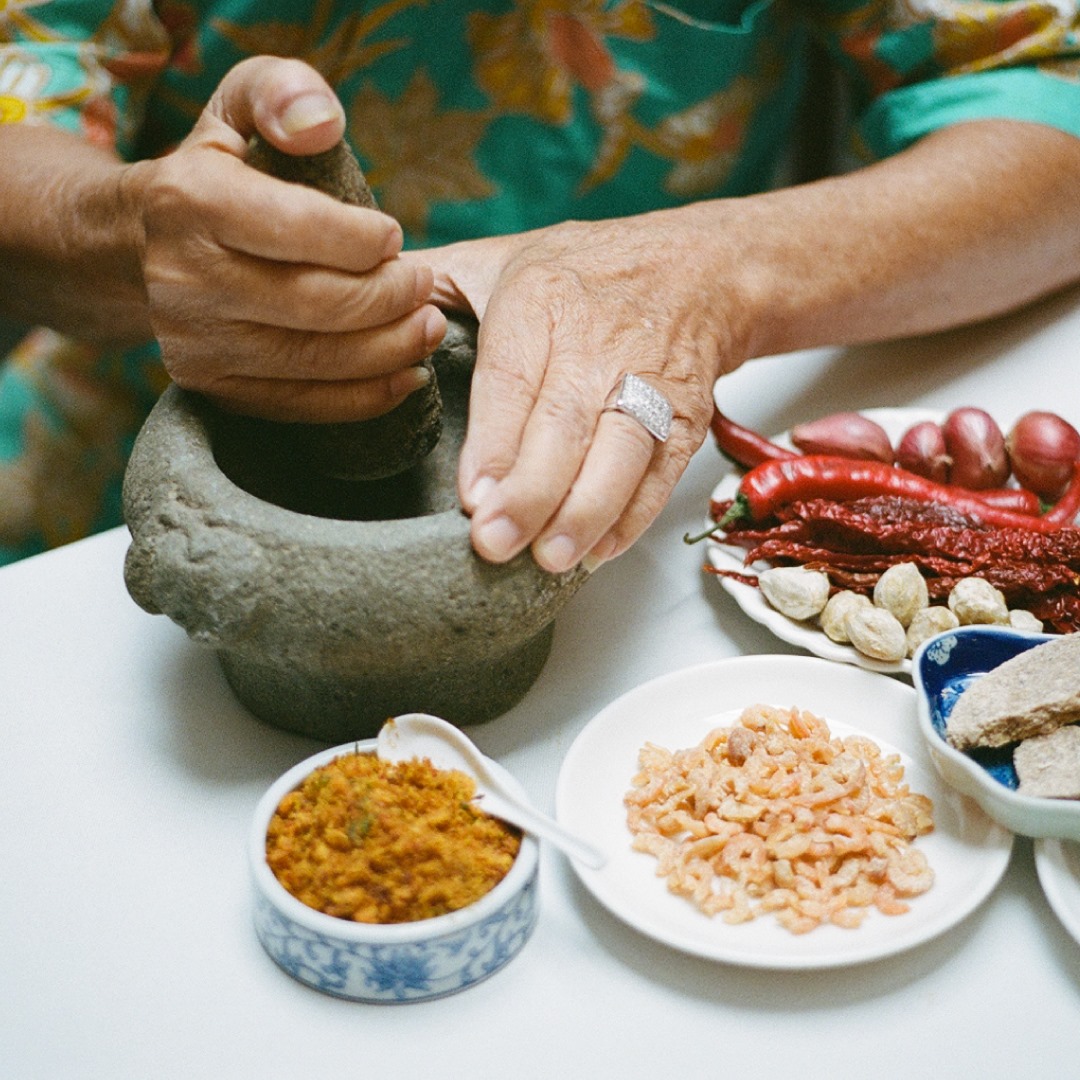
G.T. Lye stresses that this hae bee hiam is not an original recipe – but one that he has tweaked to his own liking. He strongly believes that there is no right or wrong in Peranakan cooking and that recipes are never firm or fixed – one should cook according to one's own tastes and tweak ingredients according to the preferences of whomever they are serving it to. The same dish made by different people can taste vastly different, and there is no wrong way for how it should taste. Recipes can and should be catered for different taste buds.
Lye notes, “You can mention how you feel after tasting a dish. If you don’t like it, you can say so, it’s ok. Let them know that you intend to change certain things because it’s not to your liking. That’s natural. If you don’t like it, you’re not wrong, and the person who prepared it isn’t wrong either. Nobody’s taste is the same.”
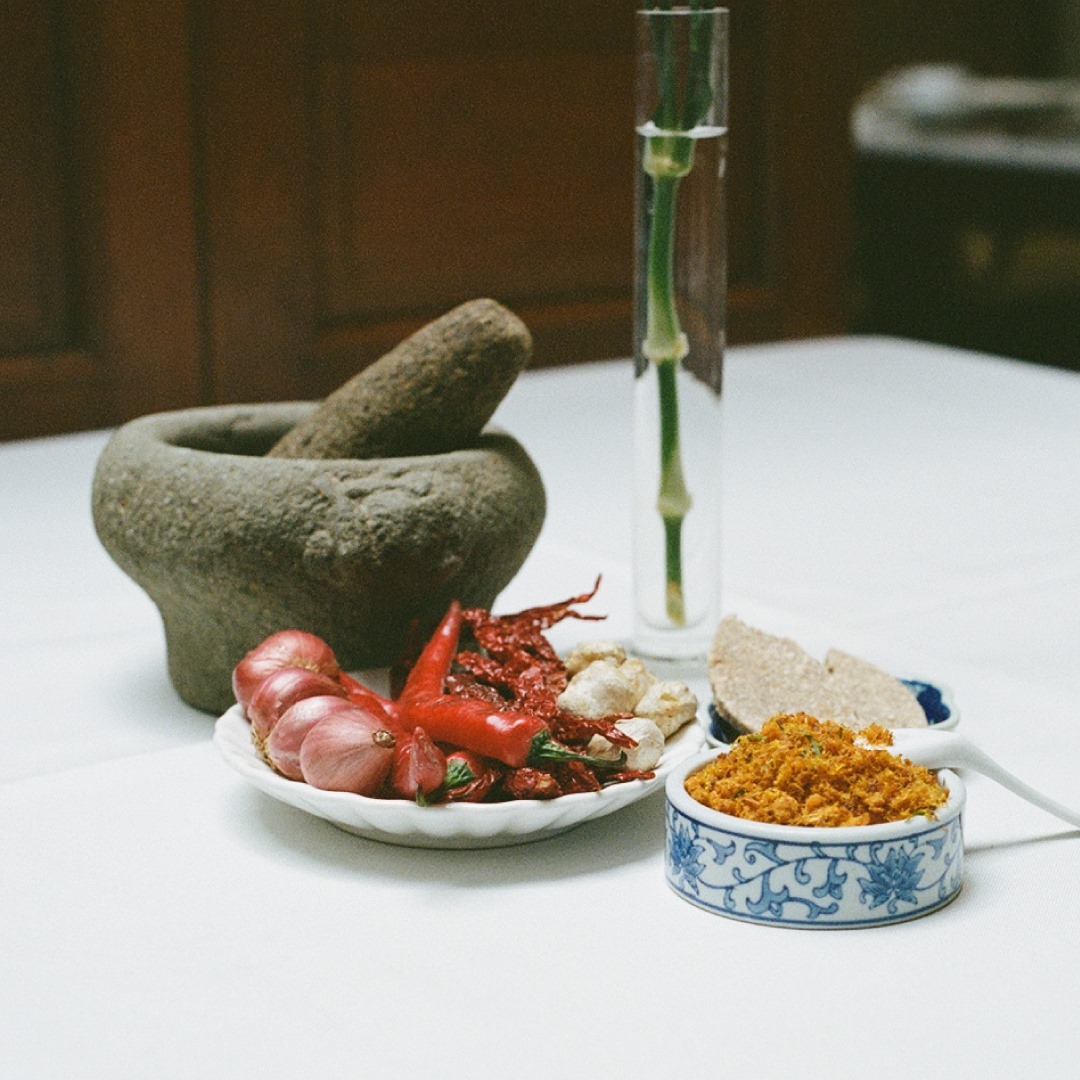
G.T. Lye recalls that when he was 5, his mother, while cooking, would prepare ingredients and have him pound them. Only after mastering the pounding and identification of ingredients, did he learn how to cook. Sambal belacan was the very first recipe that he learned to make.
Back in those days, people would agak-agak (estimate) the amount of ingredients to be used, as most had no scales or tools for measurement. Cooking is definitely easier now!
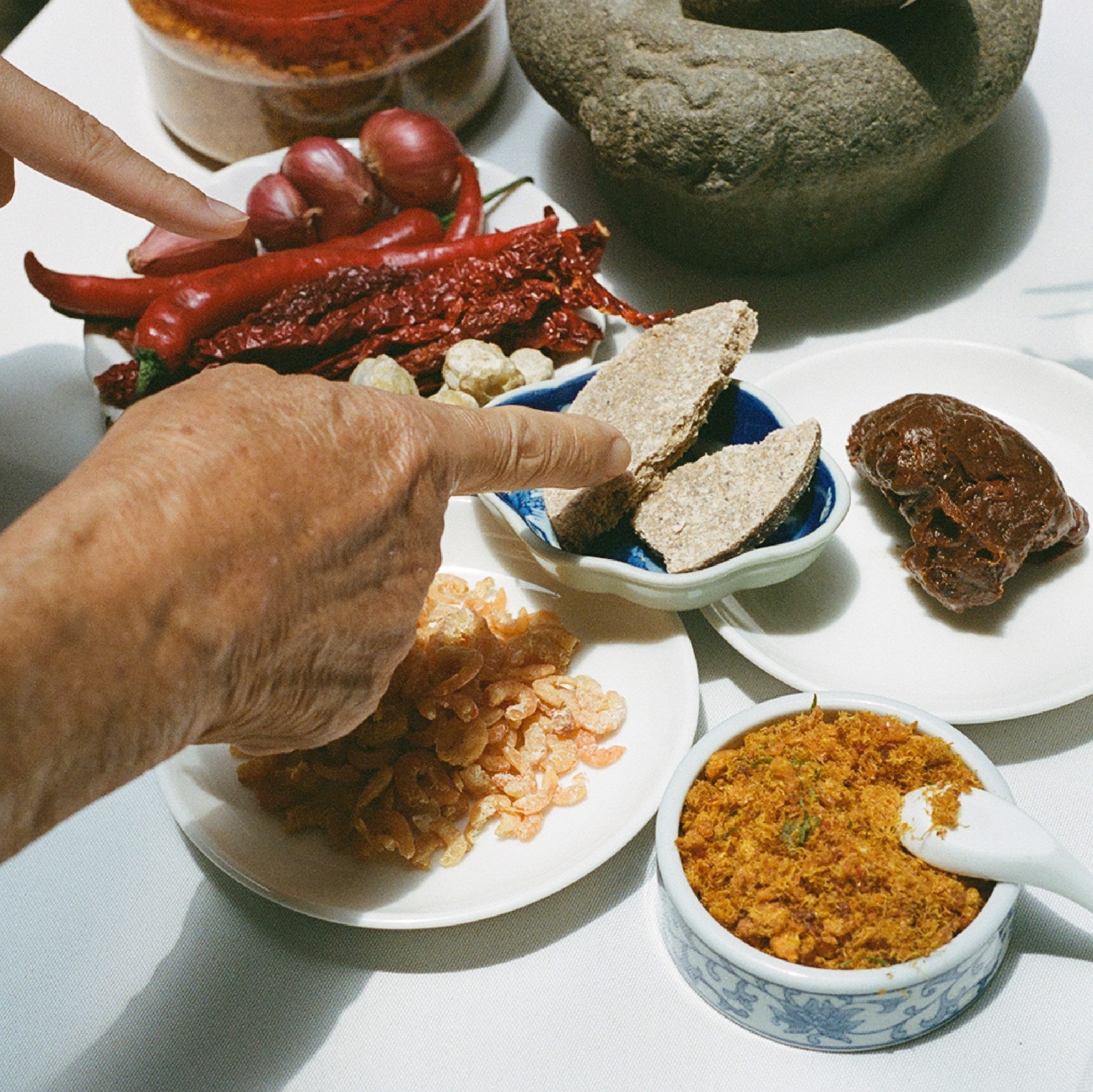
The stone mortar, called "batu lesong" in Malay, is a traditional cooking utensil. Around here, it was the traditional way to grind chillies, shallots, and shrimp paste. From the sound of how she pounded spices, it was thought a girl could be judged on how good a cook she was. Today, blenders are used, as they increase efficiency, but G.T. Lye shares that the ingredients taste better when pounded, as the pounding motion produces a more appealing, juicier texture.
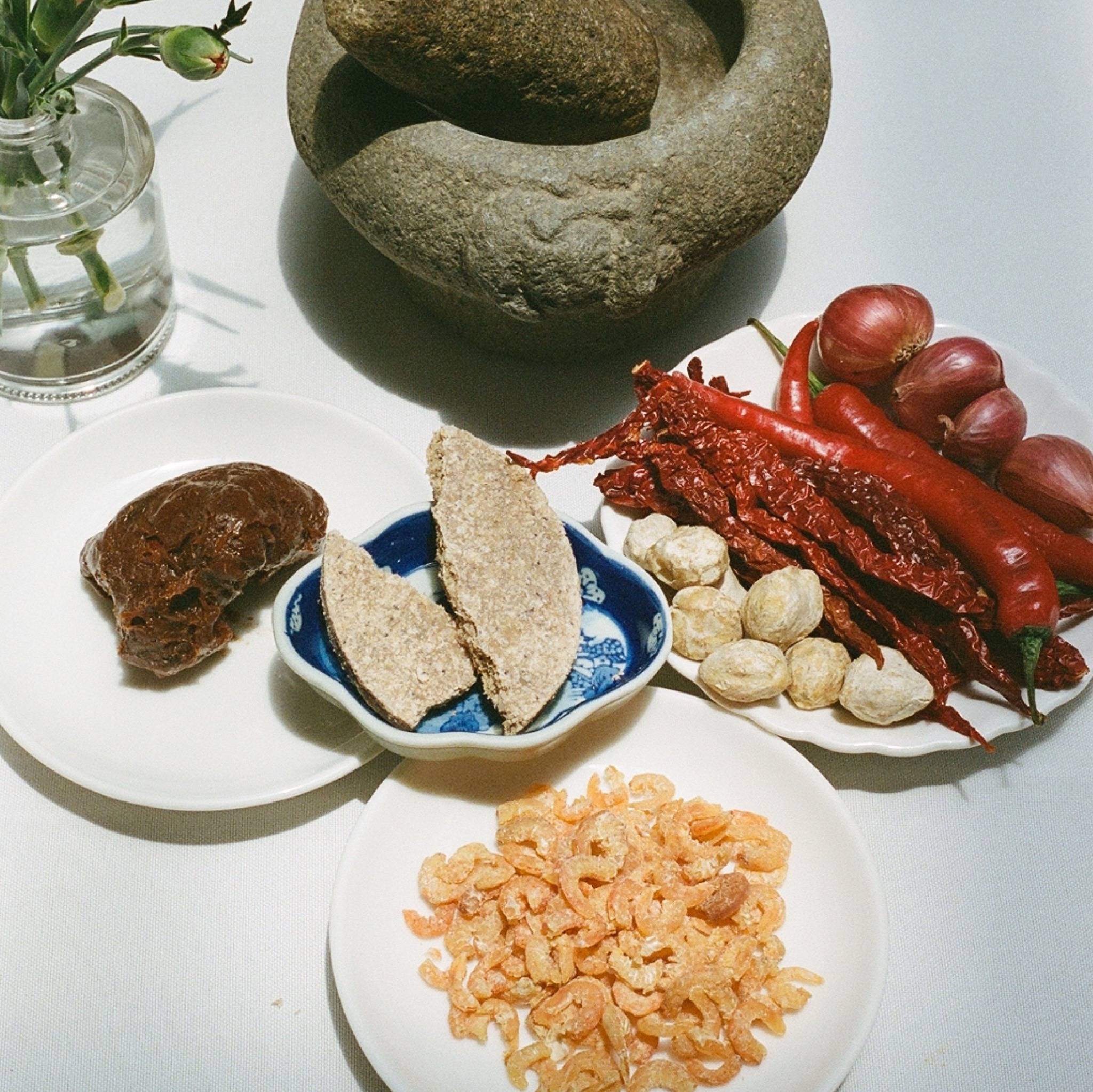
These are the main ingredients used in G.T. Lye’s version of #HaeBeeHiam. He insists that there is no right or wrong way to make any Peranakan dish, and ingredients should be tweaked to suit your own tastes or the preference of the person you’ll be serving it to.
For example, Lye tosses in chopped lime leaves before serving his Hae Bee Hiam. They are an ingredient not commonly used for Hae Bee Hiam. He shares that the fragrance of the leaves help to remove the strong smell of the dried shrimp and brightens the taste of the final dish.
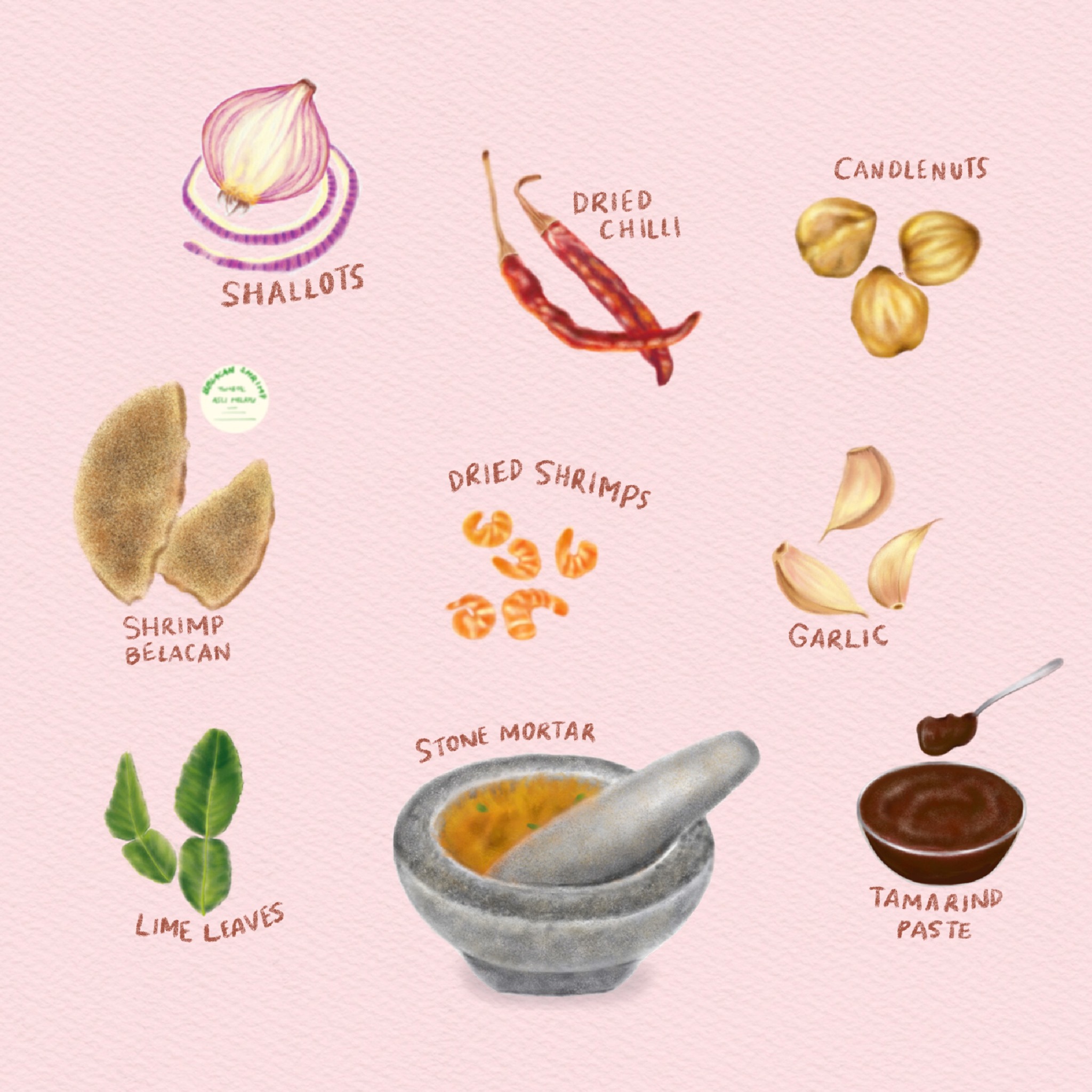
Ingredients
- Dried shrimp (500g) Pounded separately
- Dried chilli (5-6 pieces) but up to personal taste
- Shrimp belacan (small piece) to taste
- Candlenuts (5-6 pieces)
- Shallot (6-8 pieces)
- Garlic (3-4 pieces)
- Lime leaf (A bunch)
- Tamarind paste + Juice (to taste)
- Sugar (Gula Melaka or brown sugar would work best) (to taste)
- Optional: Chilli padi (1-2 pieces) if required for a spicier hae bee hiam. It is not included in his original recipe.
Steps
- Dry toast the belacan on a frying pan with medium fire, be careful not to burn it. It should turn dry and crumble easily.
- Dry toast the candlenuts to bring out the nutty aroma
- Wash and remove the dirt from the dried chillis. Boil it in water until soft and remove. Blot off excess water.
- Wash and remove dirt from dried shrimps. Soak in clean water until soft.
- Pound the shallots, garlic, dried chilli and candlenut together until fine.
- Pound dried shrimp separately.
- Fry both mixtures in hot oil slowly, over low fire to crisp the hae bee hiam. Be careful not to fry over high heat as it can burn and turn bitter.
- When the hae bee hiam is crispy and the texture is to your liking, add a bit of tamarind and juice to taste and stir.
- Season with brown sugar.
- Slice up the lime leaves and stir them into the hae bee hiam, just before serving.
- The hae bee hiam can be stored in the fridge for up to 3 months.
RELATED RESOURCES
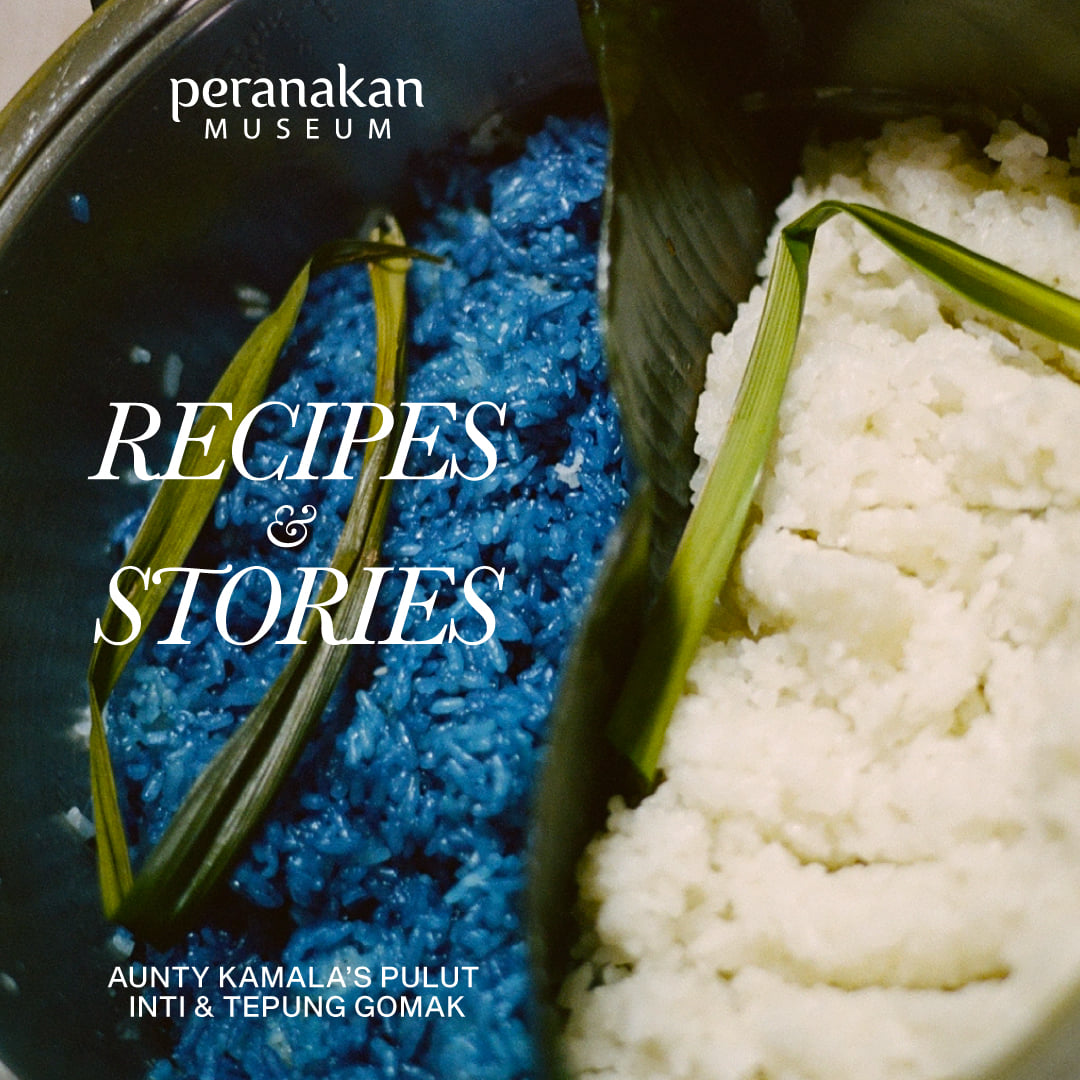
Aunty Kamala's Pulut Inti and Tepung Gomak: Recipes and Stories
This week on Recipes & Stories, we feature two delicious dessert recipes, for pulut inti and tepung gomak, kindly shared by Indian Peranakan home chefs Aunty Kamala and her daughter Purnima, who are of Chitty Melakan descent.

Khadijah's Kuah Bamia: Recipes and Stories
This month, we’re sharing a recipe for a traditional lamb stew from Khadijah, a member of the Arab Network @Singapore.



